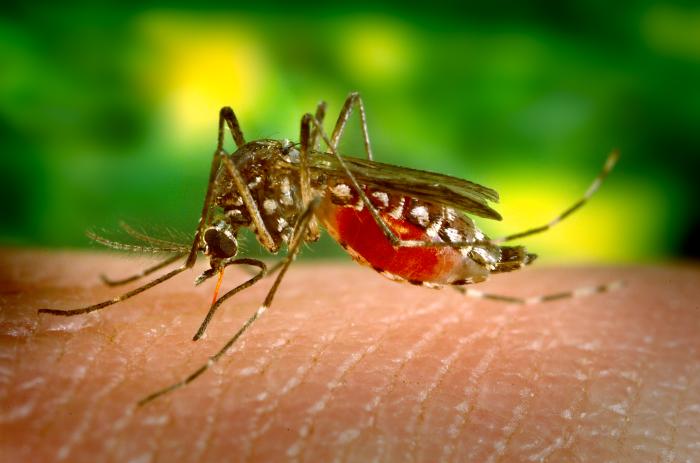By Alanna Shaikh
Last week, the WHO updated its factsheet on dengue. Not exactly big news, you’d think, but :[1] WHO now estimates that 2.5 billion people are at risk for dengue. That’s 40% of the global population. Try that on for size.
Backtracking a bit, dengue is a viral infection transmitted by mosquitoes. There are four different dengue viruses, and a mosquito can carry any of them. Untreated, it can kill in about ten days. It’s found in tropical and semi-tropical regions, and it’s particularly prevalent in cities. As you can see, that profile makes it exactly the kind of illness with a bright future ahead of it in a world of urbanization and climate change. Combine that with the fact that it’s especially deadly to children and has no specific treatment, and we’ve got a very ugly disease to dominate our global future. It’s already a leading cause of child death in some Asian and Latin American countries.[2]
As the WHO points out, dengue is quite clearly on the increase. In a global health environment where we’ve made substantial progress in fighting many serious infectious diseases, dengue stands out for the way it has exploded in prevalence. Currently it’s endemic in more than 100 countries.
Because it doesn’t have a single easy cure or treatment, dengue requires early detection and really good medical care.[3] That makes it a symptom of a weak health sector, and it means that dengue tends to accompany things like poverty and conflict. Looking at it that way, it’s depressingly unsurprising that dengue is growing so rapidly as a threat.
I have wondered for a while if dengue is going to be the NTD that finally puts neglected tropical diseases on everybody’s radar. It’s been showing up in Europe and the US pretty constantly for the last decade. Sometimes it travels in with immigrants from dengue-endemic areas, but we’ve also started to see it actively transmitting in the wealthy world. Last year I remember at least one case of dengue in Florida that was not in a recent immigrant.[4] This is the kind of stuff that gets media attention, and media attention generally leads to funding. This slow trickle of NTDs in new places reporting may be the key to finally unlocking the support we need.
Learn more about dengue and dengue control on the Dengue Vaccine Initiative website.
[1] Whatever junior RTT employee managed to get an exciting headline out of the update of a standard WHO factsheet should get a substantial raise.
[2] So says that very same WHO factsheet: http://www.who.int/mediacentre/factsheets/fs117/en/
[3] Which kind of implies that other diseases only require mediocre medical care, which isn’t quite right. But the fact remains that for, say, malaria, you can look up the correct combo treatment for your region and prescribe it. Dengue requires more active knowledge use to treat.
[4] Dengue was present in Florida and much of the southern United States before it was eradicated from the US through good public health work and effective medical care. It says something really depressing about the USA that the disease is popping up again.
Alanna Shaikh is an expert in health consulting, writing about global health for UN Dispatch and about international relief and development at Blood & Milk. She also serves as a frequently contributing blogger to ‘End the Neglect.’ The views and opinions expressed by guest bloggers are not necessarily the views and opinions of the Global Network. All opinions expressed here are Alanna’s own and not those of any employer or the US government.

